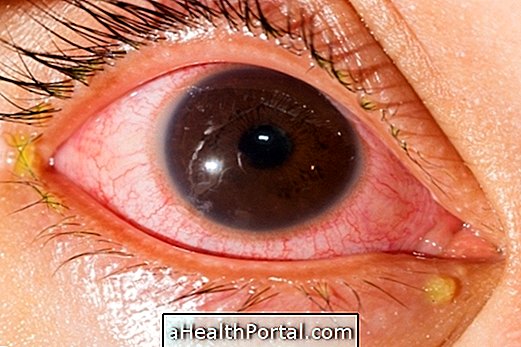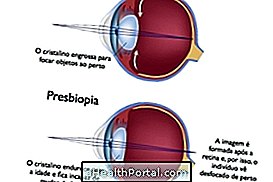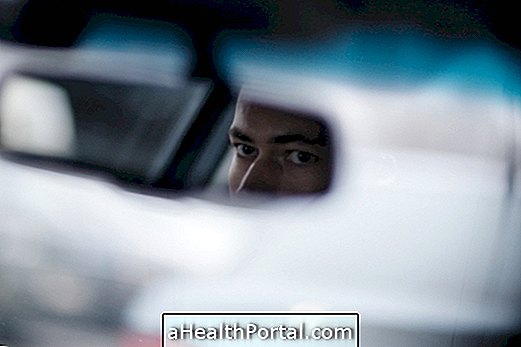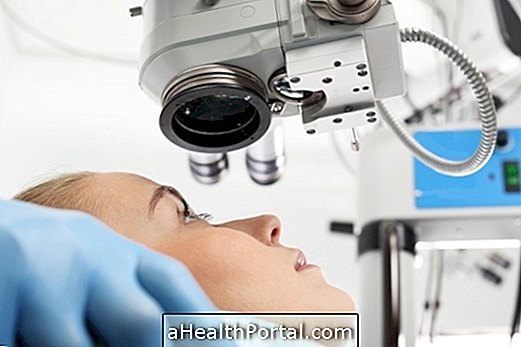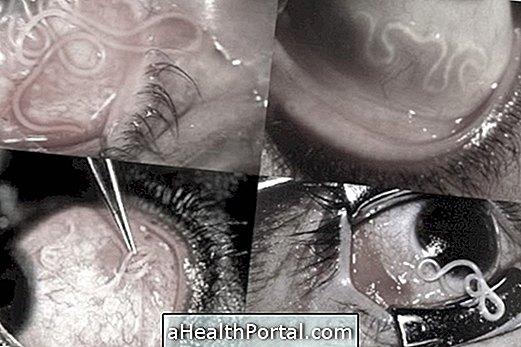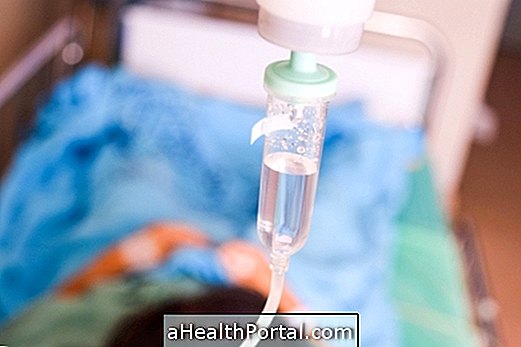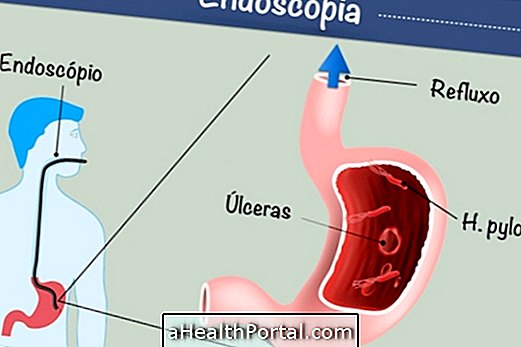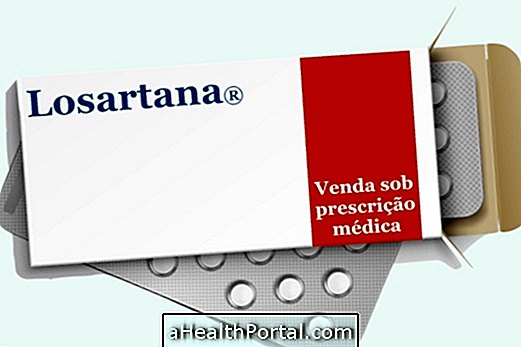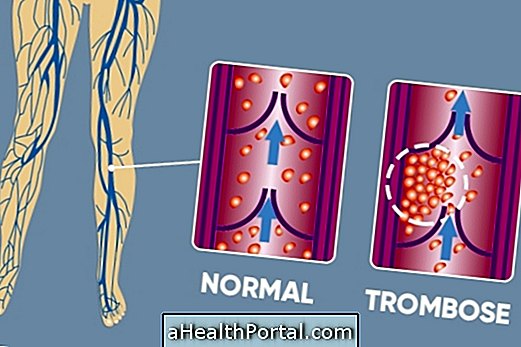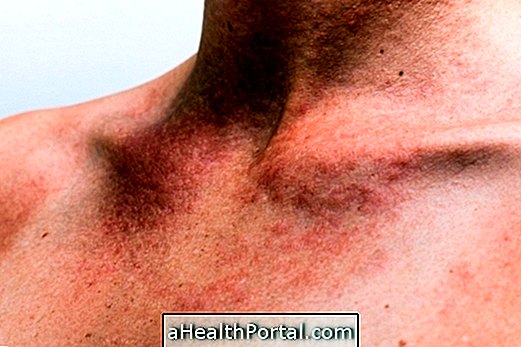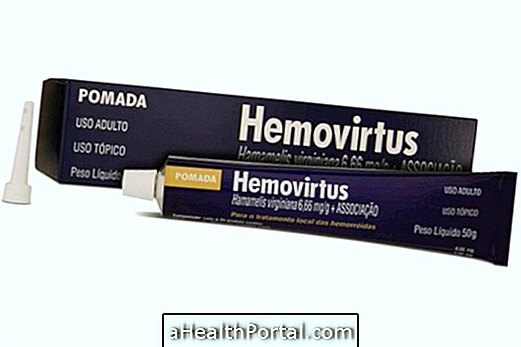An eye drop that promises to cure cataracts is being developed in the United States. The eye drops contain a substance called lanosterol, which is related to the origin of the cataract and seems to be able to definitively eliminate cataracts, without the need for surgery.
This medicine works mainly in the early stages of the disease and in the prevention of its evolution, dissolving the stains of the onset of the cataract, maintaining the original shape of the crystalline proteins and thus preventing the worsening of the disease.
However, this eyedrops continues to be tested on animals and therefore there is no prediction as to when it may be used in humans, as further studies are needed to confirm that it is effective and poses no health risks.
Understand Cataracts
Cataract is a disease that causes progressive loss of vision, and is linked to genetic factors or aging, and can be caused by diseases such as diabetes and hyperthyroidism.
The cataract has healing and its treatment is done through surgery to remove the affected region of the eye. However, in the early stages, vision loss from cataracts can be relieved by use of eye drops that help improve vision, but these medications do not cure the disease or prevent its progression.
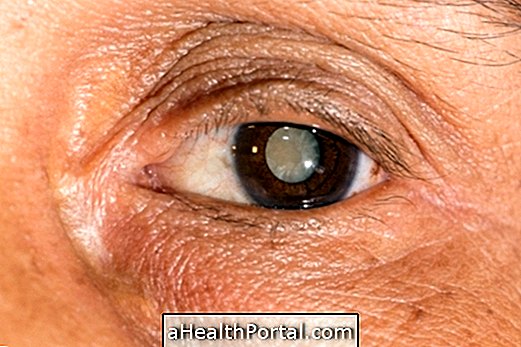
To identify this disease early on, know what the symptoms of cataracts are.
How is cataract treatment done?
Although there are some medications that can help prevent cataract worsening, they only work in the early stages of the problem. That way, the treatment is done, in most cases, with surgery to replace the natural lens of the eye and cure the cataract.
How is the surgery done

The surgical treatment of cataract is the only effective option to recover the vision, being offered by SUS. During surgery, the lens is removed, which is the region of the eye affected by the cataract, and an artificial lens is placed that will allow the improvement of vision.
This surgery is used with local anesthesia, by injection or by the use of anesthetic eye drops, and the patient does not feel pain. After surgery, the patient is observed for about 2 to 4 hours and then can go home the same day, in the presence of a companion.
Normally the day after the surgery there is already improvement of vision, and the full visual capacity is recovered after 30 days.
Surgery Risks
The risks of cataract surgery in adults are often very low, making it one of the safest surgical procedures. However, in some cases, it is possible to develop serious complications such as lens dislocation or posterior capsule opacity, which may make the vision worse than it was before the surgery, but which can be corrected again.
In the case of babies and children who are born with cataracts, surgery can bring more complications, especially vision problems that arise with development and that must be corrected with other treatments, such as wearing glasses or lenses, for example.
Surgery for cataract with stem cells

Since the complications of surgery are more common in children, a new surgery is being developed to definitively cure cases of congenital cataract without it being necessary to replace the natural lens of the eye with an artificial one.
This new technique consists of removing the entire damaged lens from the eye, leaving only the stem cells that gave rise to the lens. The cells that are in the eye are then stimulated and develop normally, allowing to create a completely new and transparent crystalline lens that returns vision within 3 months and does not risk complications over the years.
Care after surgery
After surgery, eye drops should be used daily according to the surgeon's recommendation, which will serve to prevent infections, improve inflammation and accelerate the healing process of the eye. See what types of antibiotic and anti-inflammatory eye drops can be used during the recovery process in Types of Eye Drops and What They Serve.
The return to the physician to re-evaluate and the result of the surgery usually occurs after 1 to 4 weeks, and it is normal for the physician to ask for more than one return visit to accompany eye improvement.

